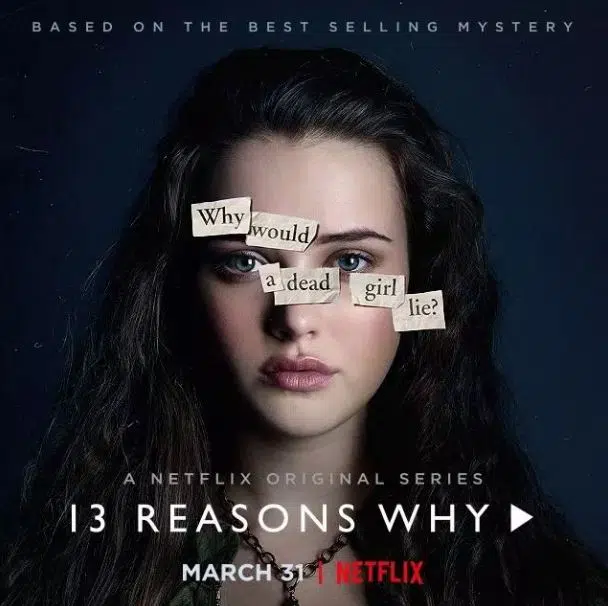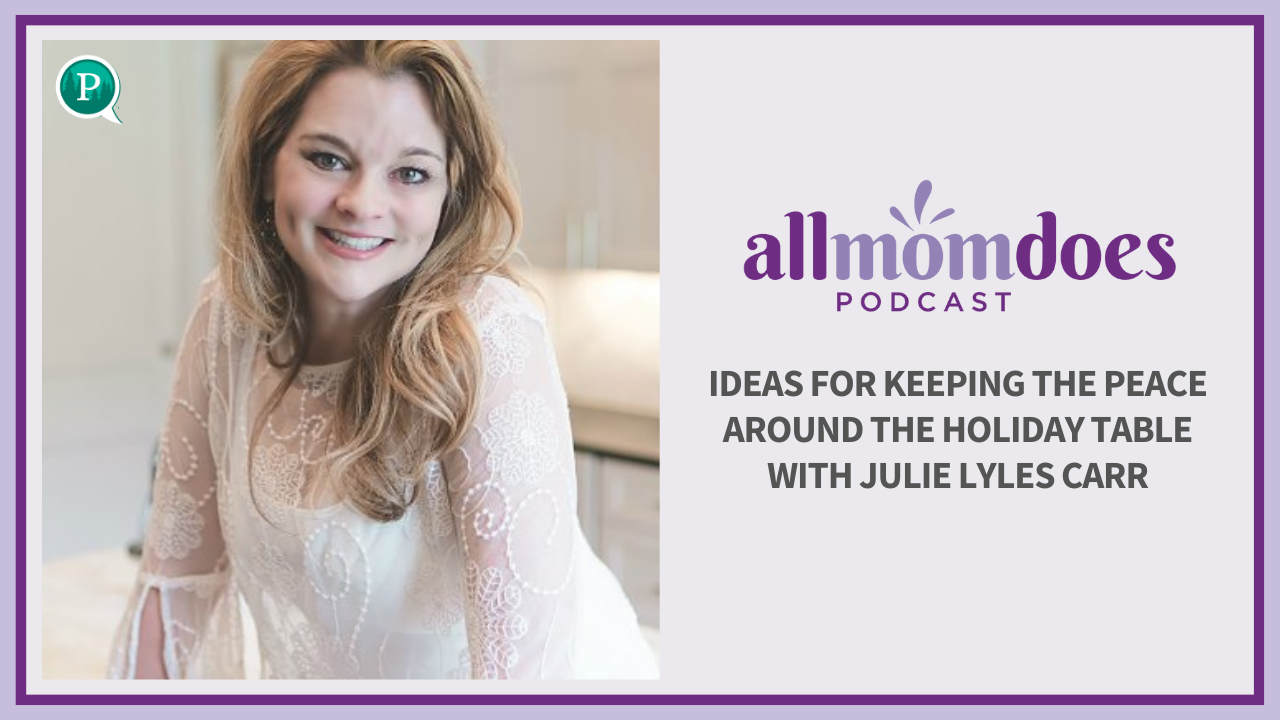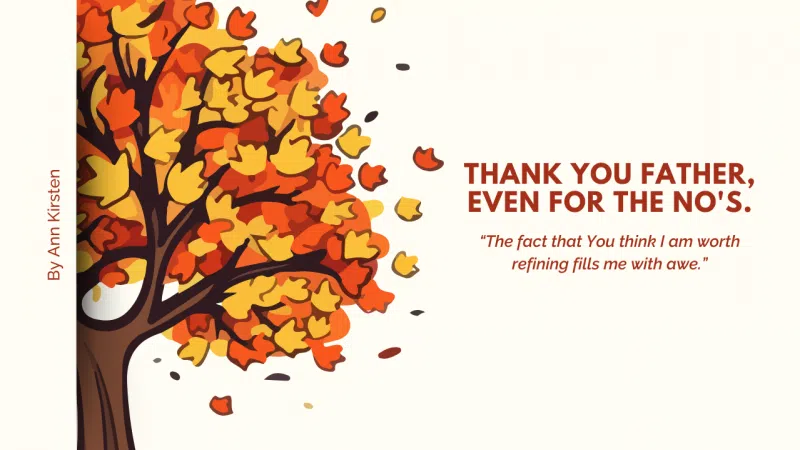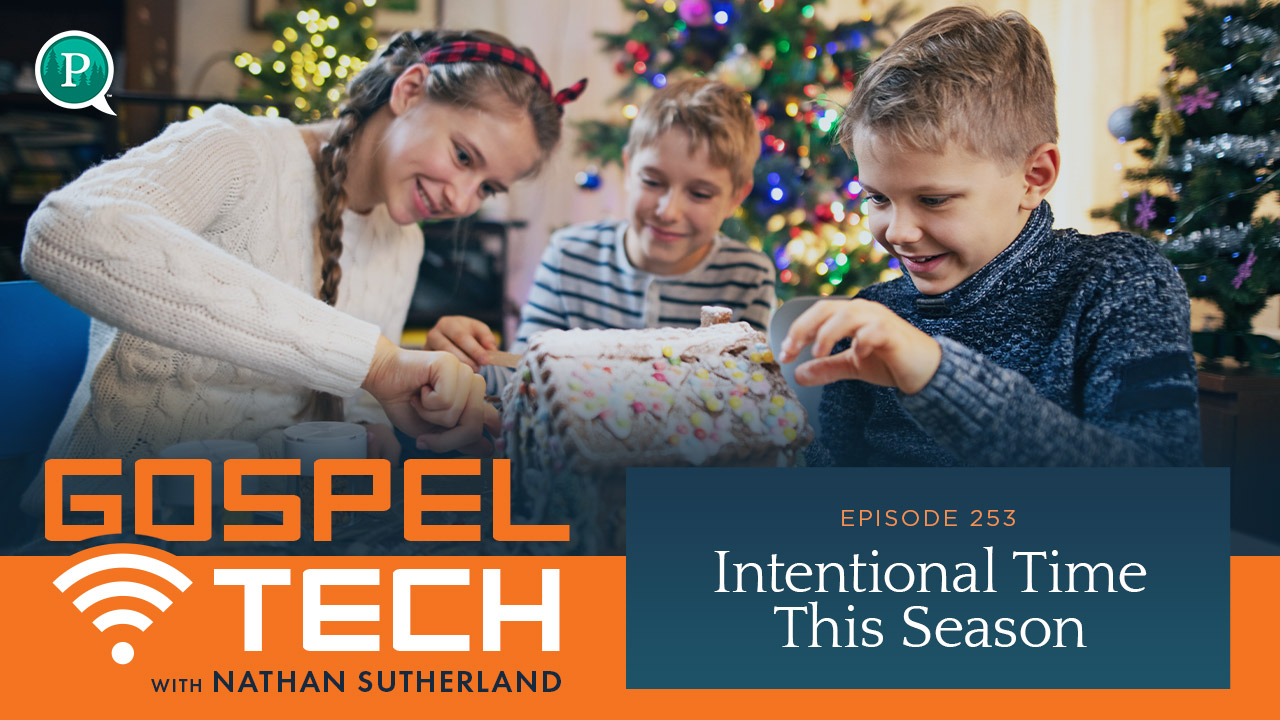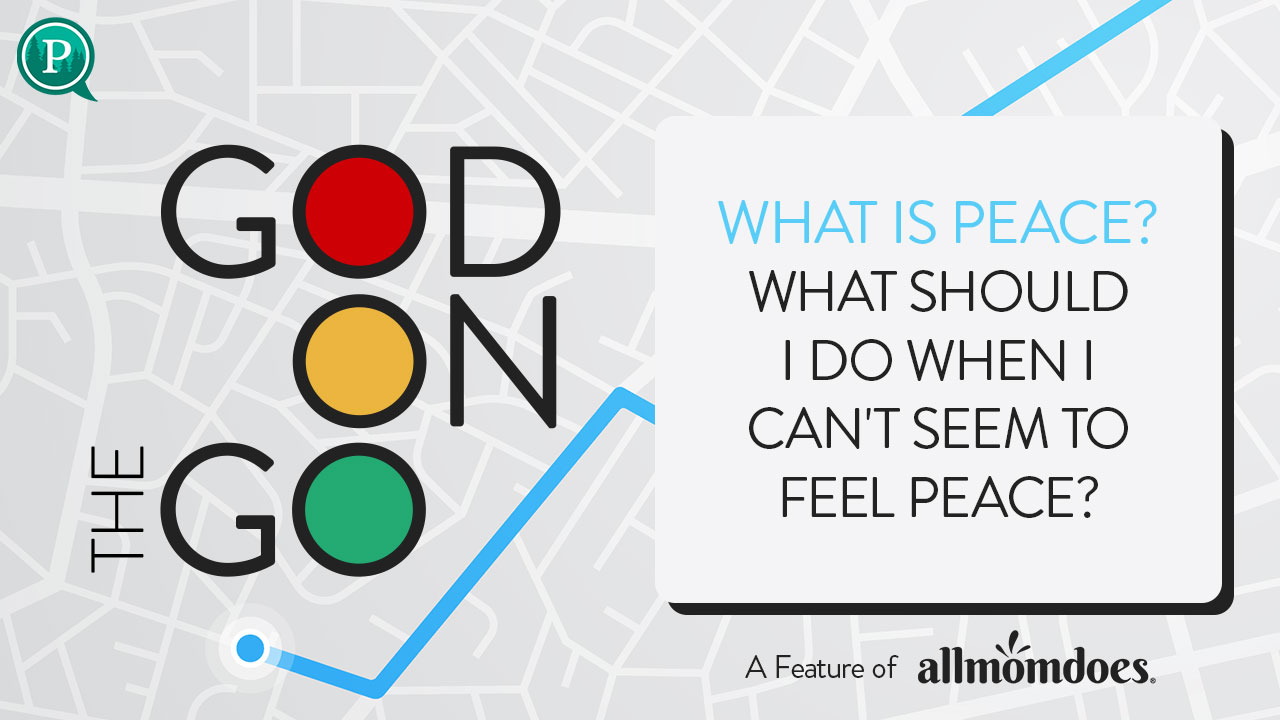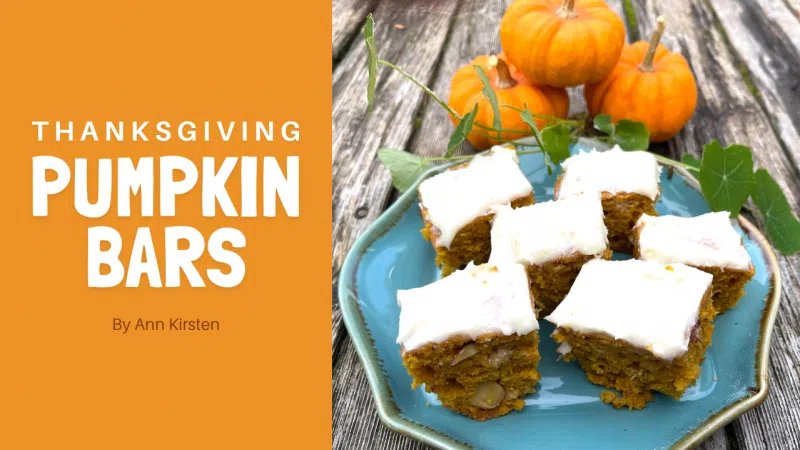{image courtesy of Netflix}
So.
We’re not what I would call a censorship family.
We don’t think film ratings are worth much.
We don’t parent from a place of trying to protect our kids, but rather trying to prepare them.
I don’t hurl myself in front of screens. I don’t hide books. I don’t whisper my way through certain topics.
And I don’t confuse naivete with purity. Because those are two very different things, that, it seems to me, a lot of well-intentioned parents get confused
So when the Netflix series 13 Reasons Why (adapted from the 2007 novel Thirteen Reasons Why by Jay Asher) made its way onto the radar screen of my teens, it was barely a blip on mine. I thought it was great that the topic of teen suicide was being explored. It was being promoted to teens (I wasn’t aware of the ‘mature audiences’ advisory), and I thought it could lead to some good conversation and awareness. That was about as far as as my attention went. I saw some buzz going around and made note.
But that was it.
Until.
My thirteen-year-old daughter became a fan.
My eighteen-year-old daughter and my fifteen-year-old son thought the whole series was just another cinematic dose of teenage angst. My eighteen-year-old watched fifteen minutes of the first episode and quit. My fifteen-year-old son avoided it all together.
But my thirteen-year-old daughter. And her friends.
They took a deep dive.
And very quickly, they began to chat about a whole new set of personalities in their lives. Ryan and Justin and Sheri. And Clay. And Hannah, the girl who commits suicide.
And because I’ve had friends who have taken their own lives, and because I’ve had friends who have made the attempt, and because in my ministry work I continue to encounter more and more people of all ages who are struggling, my ears perked up to my thirteen-year-old’s banter about the show.
Something just wasn’t sitting right with me.
My daughter had watched a couple of episodes when I decided to tune in as well. And very quickly, I realized this was not the ABC Afterschool Special I had assumed it was. The plot line is compelling; a seventeen-year-old girl commits suicide, but before she does, she produces a set of thirteen cassette tapes giving her reasons for her suicide. Those tapes reveal each name and outline a person in her world whom she feels is responsible in part for her actions to end her life. The story plays out in post-mortem revenge, a series of revelations coming to light from each cassette tape, with an exploration of sexism, bullying, self-esteem, assault, and a variety of other challenges.
From the first episode, the story is told with an unleashed script that involves plenty of f-bombs, partial nudity, sexual exploration, drug use, drinking, misogyny, plenty of ‘hooking up’, and anything else you might want to throw in the category of sowing wild oats.
Which, frankly, is not all that different than what life looked like at the high school I attended back in the day.
That’s not the reason why.
Why she stopped watching.
The story goes through its paces, with the suicide victim’s parents bringing a lawsuit against the school and school officials trying to dodge questions and shift responsibility. There are two graphic rape scenes. And as each tape is played, a whole bevy of criminal, cruel, or simply clueless behavior on the part of Hannah’s classmates is revealed, all of it, in Hannah’s perspective, playing a role in her ultimate demise.
As I started to watch the series for myself, having pushed the pause button on my daughter’s viewing, I initially thought I would decide to watch it ‘with’ her, using it as an opportunity to discuss difficult topics and to not shrink back from the gritty reality of some of the lifestyles of today’s teens. But pretty quickly, I realized that this series was struggling to responsibly and realistically address several issues. I cringed my way through it, through the final denouement, where Hannah, portrayed as beautiful, heroic, and tragically misunderstood, specifically and graphically runs the razor from her wrists to the insides of her elbows.
Suicide is a complicated topic. Within my extended family, I have a great uncle who quietly and with organized deliberation ended his own life. No signs. No warning. Nothing that would have allowed anyone any kind of intervention.
No one at fault.
Michael and I lost a precious, great friend several years ago to suicide. He was the biggest personality in the room. Popular. Adored. Successful.There had been no lack of intervention in his life. There was an army of us who tried, loved, reached out, intervened, counseled, prayed, barged into his life over and over and over.
And he still followed through.
The longer we live, the more we experience that it’s not always a clear matter of conspiracy and fault and true ‘if onlies’. Things don’t always unfold neatly. Paths to decisions are rarely straight. There aren’t always obvious good guys and bad guys.
So the conspiracy theory/jocks versus the peasants/popular kids have everything/school administration trying to hide information message of 13 Reasons Why is unfortunate. Sophomoric. Far too simplistic. Among other things, it ignores the statistics of the group that it most at risk in this country.
White males.
White males are three-and-a-half times more likely to die by suicide than any other group in the America. Seven out of ten suicides are white men. The majority are middle-aged. By age group, the second highest suicide rate is for individuals over the age of eighty-five. But there is very little awareness, very little advocacy, for this group that is most at risk.
But that’s not the reason why either.
Why she stopped watching.
It’s this.
As a parent of eight kids, three of whom are teenagers, I’m spending a lot of time coaching my kids that they have choices. Decisions to make. I’m preparing them that there are people who are jerks. People who will do mean things. People who will do clueless things. Situations that will make them feel anxious. Circumstances that will make them feel overwhelmed.
Those things will happen.
There is no avoiding it.
We don’t get to control the actions of others.
It doesn’t minimize the hurt. It doesn’t minimize the impact.
But.
I want them to know they can fight. They can advocate for themselves.
And they must.
Ultimately, it’s the lack of that message in the series 13 Reasons Why that concerns me the most. Why my daughter won’t be watching. For my thirteen-year-old daughter and her friends, Hannah’s story is one of a girl who got painted into a corner by mean friends and taking her own life was her only way out. And because my daughter is already a very emotive and empathic person, with a romantic and idealistic flair, an overly-simplified, unempowered message isn’t of help in this season. Don’t get me wrong; I would love to see a day where all bullies get what’s coming to them, where all social groups stop excluding people, where all predators are prevented.
I think some stories can help with that.
But not all of it.
So I want my kids to know how to fight. To communicate. To stand.
I want resources that demonstrate that.
I want stories that advocate and equip and empower.
I want influences that give reasons for getting back up.
Not for backing down.
So that’s why.
Because this series isn’t that.
And life is too precious, too important, to not sound that message loud and clear.
Stay.
And fight.
